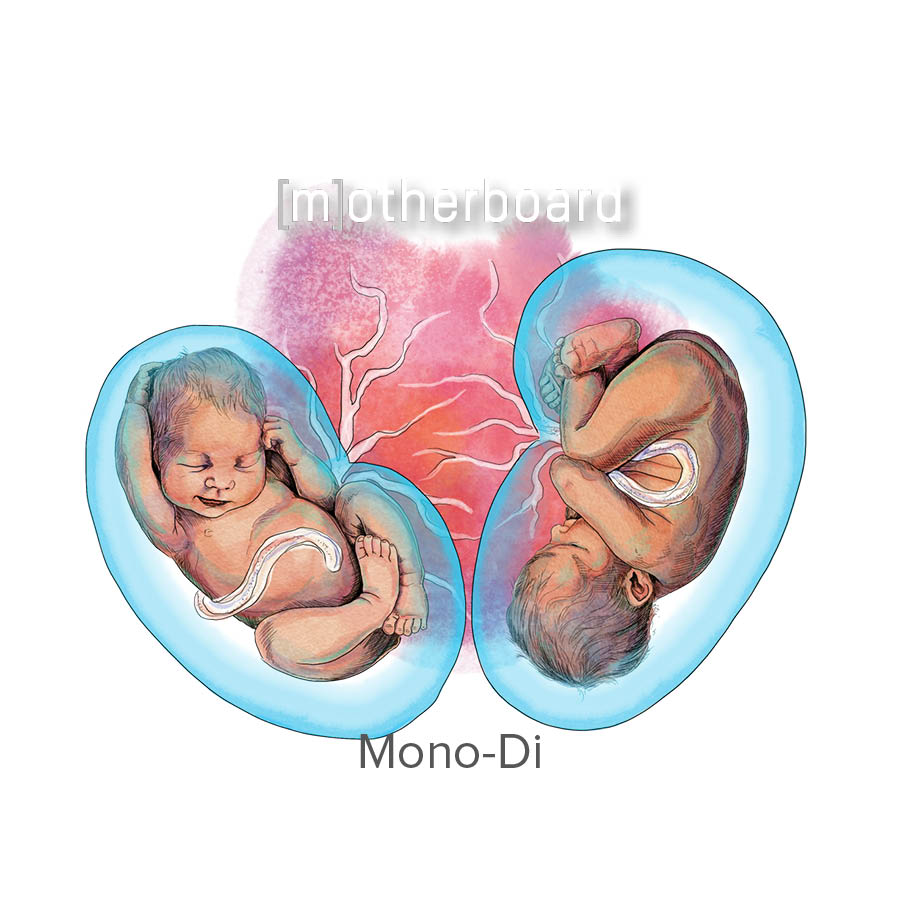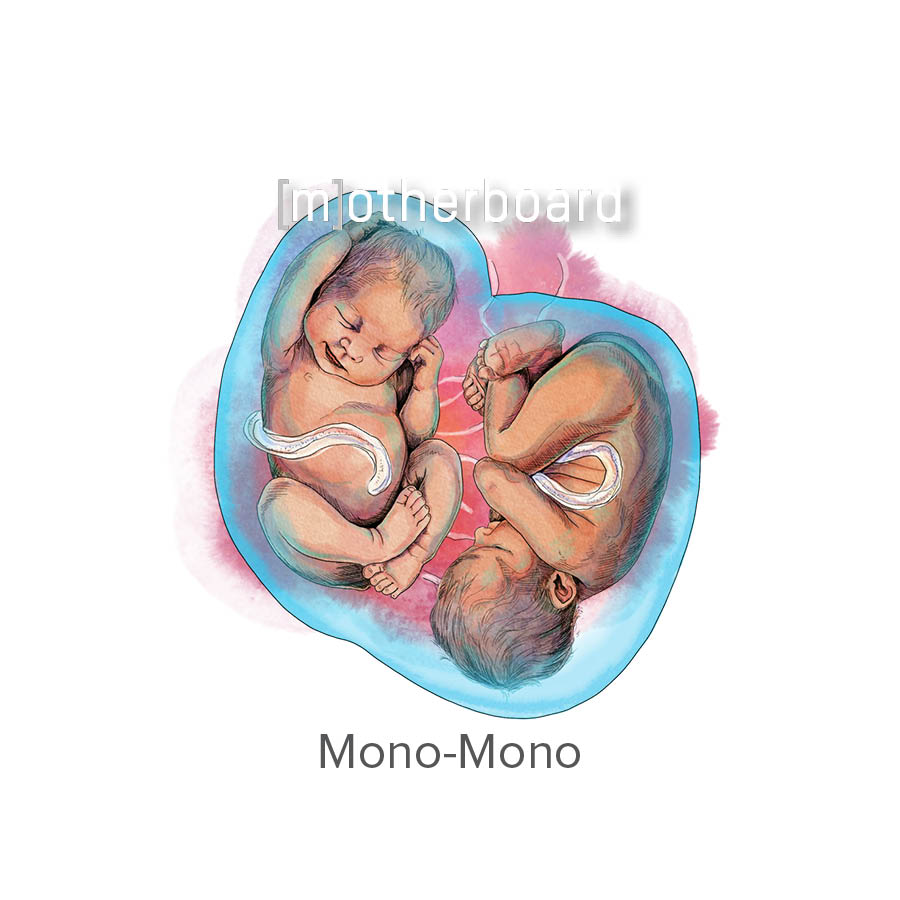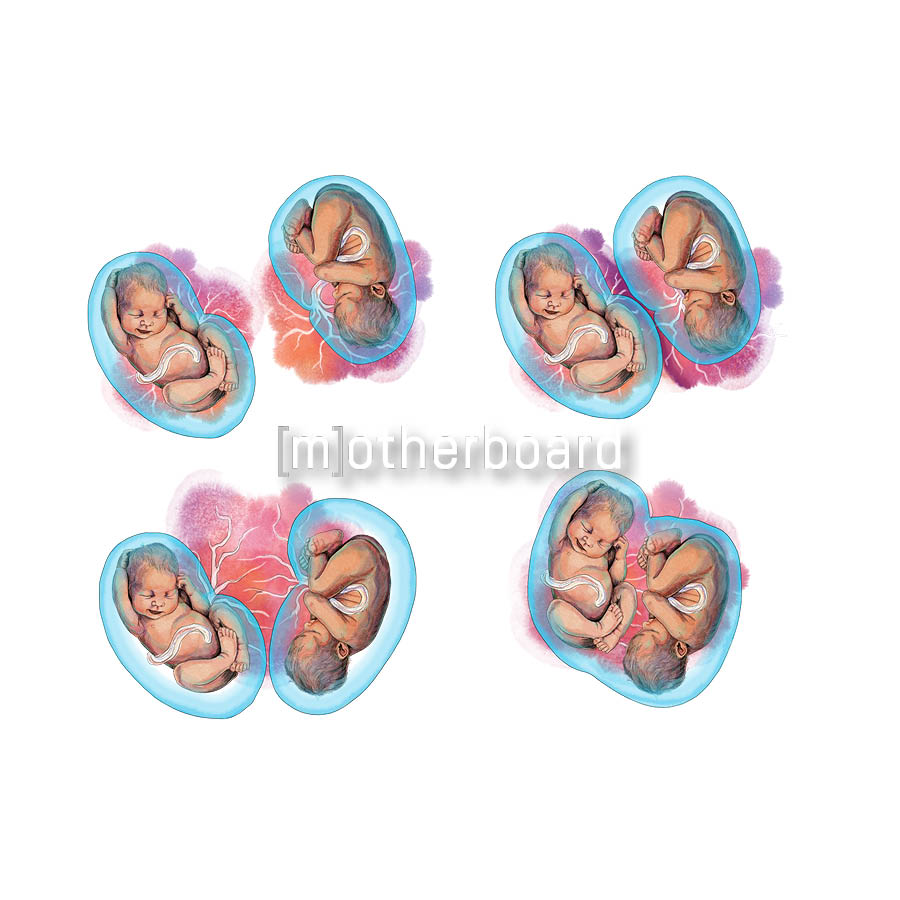Gorgeous
Hand-Drawn
Birth Art
Childbirth education beautiful enough to frame.
Perfect for any doula, midwife, or pregnant person! All art is hand-drawn by Motherboard’s CEO and Founder Amy Haderer.
11.5x15.5”
Show what a good latch looks like. Four variations available (two babies, internal vs external view).
12.5 x 19”
Five variations available! Complete, Footling, Frank (blonde and Asian), and All Three.
12.5 x 19” art print
There’s nothing more powerful or electric than being the first person to touch a new tiny human.
12.5 x 19” print
Different variations of where a placenta can insert in relationship to the cervix (os). (The words and watermark will not appear on the print.)
12.5 x 19” print
If a placenta implants too deeply, it can cause hemorrhage (excess blood loss) and even hysterectomy or loss of life. Reducing cesareans and encouraging VBAC in good candidates is a great way to avoid placenta accreta, increta, and percreta.
(The watermark and wording will not appear on the print.)
18 x 11.5”
Velamentous insertion is when the vessels snake through the amniotic sac instead of being contained in the umbilical cord.
11x11” Print
Illustration of the start of pregnancy. A great visual for birthing folks!
12.5 x 19” print
Great illustration of what a tongue and lip tie mean for breastfeeding babies.
11x11” Print
As baby navigates their way down and out, notice how fetal station is measured in relationship to the pelvis.
12.5 x 19” print
Illustration of a posterior baby. With the back of baby’s head pressing against the sacrum (lower back) this can cause back pain and longer labors in some people. Position changes, forward-leaning positions, and Spinning Babies can help baby turn into a better position for birth.
12.5 x 19” prints
Four types of twins, beautifully laid out:
Di-Di (Fused) - Two placentas (fused together), two sacs
Di-Di (Separate) - Two placentas, two sacs
Mono-Di - One placenta, two sacs
Mono-Mono - One placenta, one sac (the most dangerous kind as twins are sharing all their resources)
(Words and watermark will not be included in the print.)
11x11”
Your baby's sucking muscles are now strong, they are ready to nurse! Your baby is also swallowing amniotic fluid which will become meconium, your baby's first stool (poop). Meconium is brownish/blackish/greenish in color and has a tarry consistency. It is thought that meconium is sterile (does not contain beneficial or harmful microbes) because the baby hasn't been exposed to them through the vaginal canal or through breastmilk. Meconium is like a "placeholder," holding the bowels open as they develop.
11x11”
Congratulations! Your baby is now considered "early term!" This means your baby is term (ready for birth) but still on the early side.
37 and 38 weeks are "early term"
39 and 40 weeks are "full term"
41 weeks is "late term"
42 weeks is "post term" (baby will likely need to be induced if you reach 42 weeks)
You can give birth anywhere from 37-42 weeks. That's a 5-week window! Sometimes it's best to just assume that baby will be late and be pleasantly surprised if not. Most first time pregnant people will go an average of 10 days past their "guess" dates. For more about dates, visit Evidence Based Birth's article.
11x11”
Your baby's brain and muscles are functioning better every day! Babies that are born 39+ weeks have the best sucking reflexes. Your baby is actually hard-wired from birth to self-attach at the breast, isn't that cool? Letting your baby self-attach is a great way to imprint baby at the breast and stimulate your body to make milk. To see more, check out the "breast crawl."
11x11”
Babies during this time period are growing at different rates. Normal weights for babies range from about 5.5-10 pounds (2.5-4.5 kg). Don't be alarmed! Your baby's body is made to mold and maneuver the birth canal. Your pelvis isn't made of cement. It's connected with flexible cartilage so you can change positions and allow baby to have lots of space to move down.
Remember to keep doing your Spinning Babies daily exercises as often as you can!
11x11”
Congratulations, you've reached your "guess" date! As we've discussed before, this is not an expiration date. Many healthy births occur in the 40-42 week window, but of course many people feel very "done" at this point. Not being able to sleep, feeling uncomfortable… these all can make the last few weeks of your pregnancy drag on.
Try and practice some self care and relish the last few moments you have holding your baby inside your body. Sit in the sunshine, journal, take a bath, try and enjoy each moment as much as you can. Your baby will be in your arms soon!
Your baby looks exactly like a newborn. All the systems are in place and mature enough to work in the outside world. Now baby is just continuing to add fat stores to help them regulate their blood sugar and temperature after birth.
11x11”
At this point you may be wondering "will this ever really happen?!" Don't worry! You are still in the normal range of time for birthing your baby. Your baby is also ready to meet you!
During this week you may have a 41 week biophysical profile, a test to check in with baby to make sure all is well on the inside. This test usually entails an ultrasound to check amniotic fluid levels and may include a nonstress test (hooking you up to a monitor to listen to baby for a while).
11x11”
Hello baby! Your birth is truly around the corner and we can't wait to meet you! At the 42 week mark, most midwives and doctors want you to give birth soon, but some may be ok with going a few days past if you pass another biophysical profile. As human beings we are not machines. Many people grow babies faster or slower and cook babies at different rates.
A post-date pregnancy doesn't automatically mean your baby will be enormous either, many babies are 7-8 pounds at 42 weeks. Some "guess" dates might be off as well since your cycle may have been longer or shorter than the average, or perhaps you ovulated on a different day. See more info on "due" dates.


































































